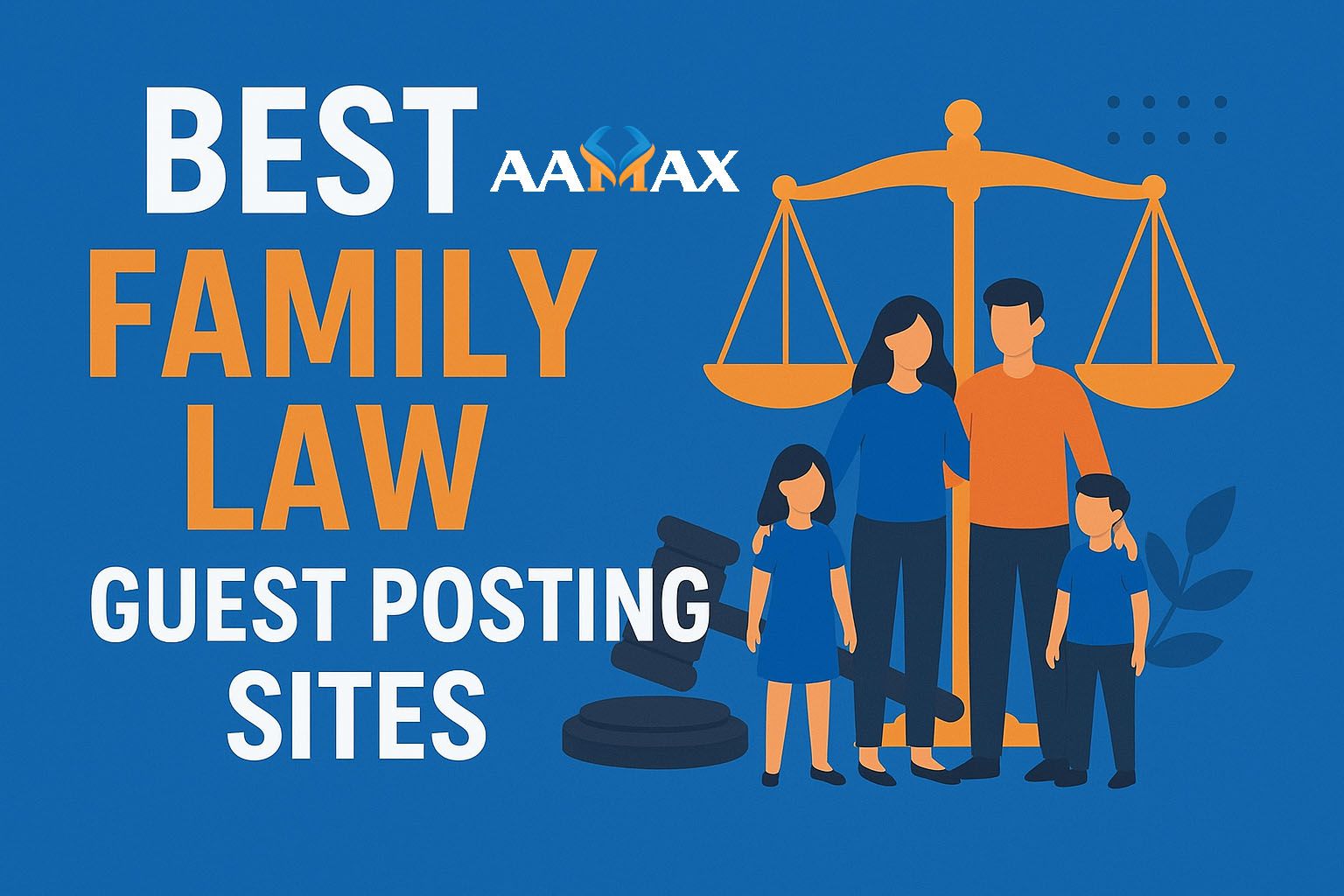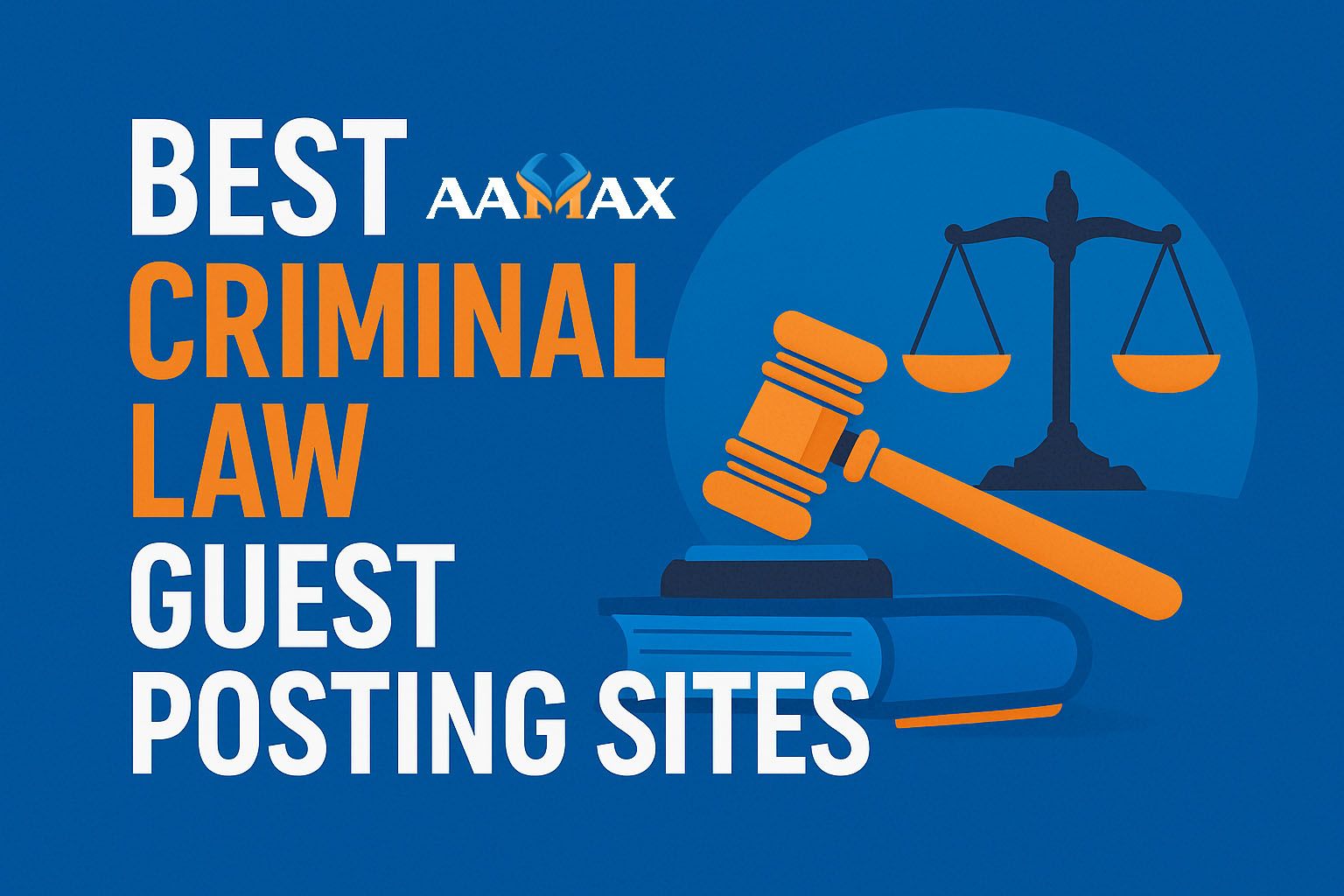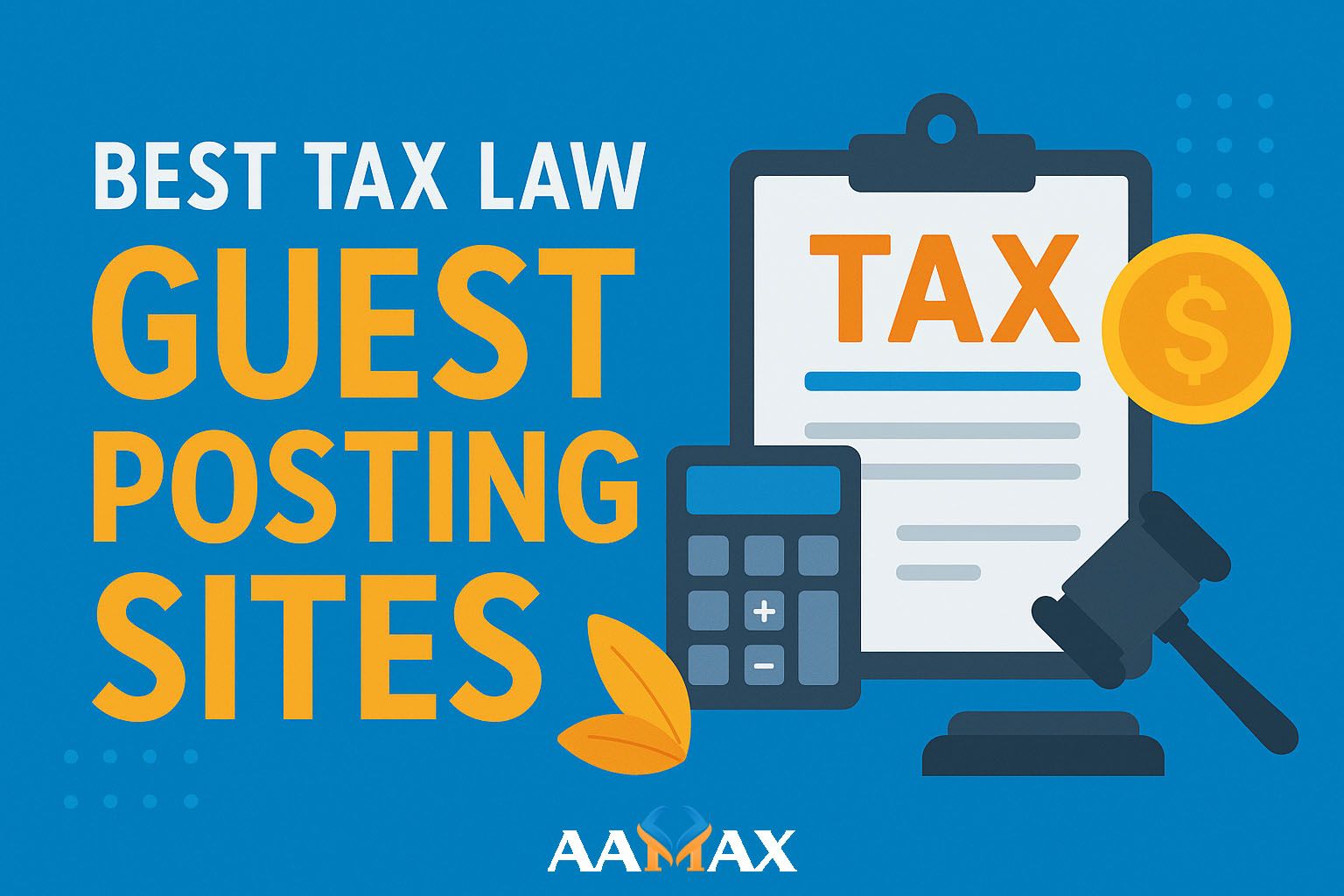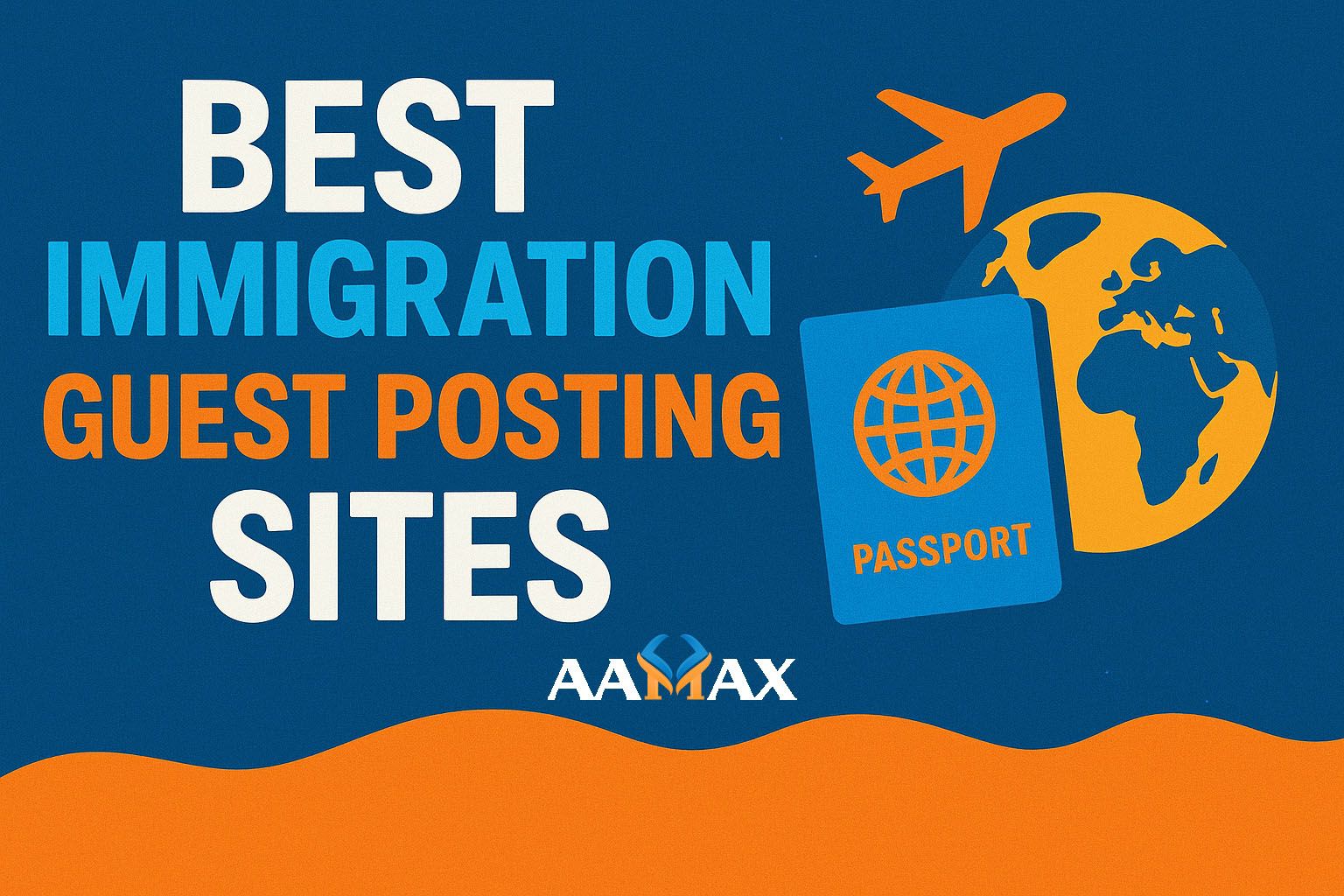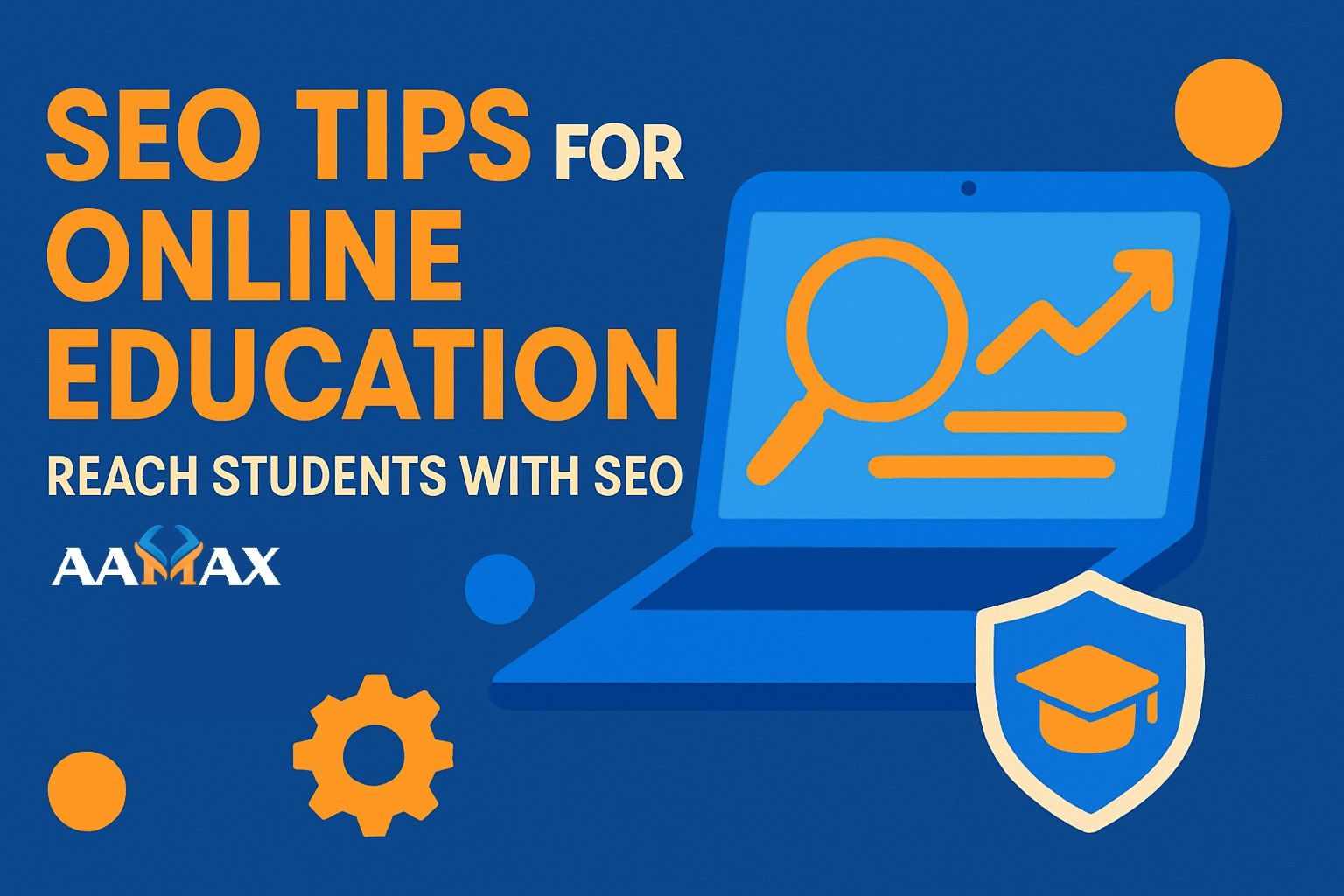
SEO Tips for Online Education – Reach Students With SEO
The online education industry is booming, with millions of students worldwide turning to e-learning platforms, virtual classrooms, and online degree programs. However, with such rapid growth comes increased competition. Online schools, universities, and education startups must stand out to attract students searching for the right learning opportunities. That’s where Search Engine Optimization (SEO) comes in.
By implementing strong SEO strategies, online education providers can improve visibility, rank higher in search results, and reach students effectively. This article explores actionable SEO tips for the education industry and how they can help you reach your audience.
Why SEO Matters for Online Education
For prospective students, the search for online learning opportunities often begins on Google. Queries like “best online MBA programs,” “affordable online courses,” or “learn coding online” generate thousands of searches each month. If your institution doesn’t appear on the first page of search results, you’re missing out on potential enrollments.
Key reasons SEO is critical:
- Increased Visibility: Helps your institution appear in front of students actively searching.
- Cost-Effective Marketing: Organic traffic is more sustainable than paid ads.
- Builds Trust and Authority: Ranking high signals credibility.
- Long-Term Growth: Optimized content continues to attract students for years.
Now let’s dive into SEO tips tailored for online education providers.
1. Optimize for Student Search Intent
Understanding search intent is essential. Students have different goals when they search online. Some are looking for degree programs, while others want short certifications, tutorials, or skill-based learning.
Types of search intent for education:
- Informational: “What is the best online MBA program?”
- Navigational: “Harvard online courses login.”
- Transactional: “Enroll in online graphic design course.”
Aligning your content with these intents ensures you meet students at different stages of their journey.
Actionable Tip: Use tools like Google Keyword Planner, SEMrush, or Ahrefs to identify keywords that align with these intents, and create tailored landing pages or blog posts.
2. Use Education-Specific Keywords
Keyword optimization is the backbone of SEO. For online education, you should focus on terms related to your programs, certifications, and subjects.
Examples of effective keywords:
- “Online English courses for beginners”
- “Affordable data science certifications”
- “Best online MBA programs”
- “Virtual coding bootcamps”
Actionable Tip: Create a keyword map and assign specific keywords to each page of your website—course pages, program details, blog posts, and FAQs.
3. Create High-Quality, Informative Content
Content is king in the education space. Students want detailed, reliable, and actionable information before making enrollment decisions.
Types of content to create:
- Course Pages: Detailed information about curriculum, instructors, and pricing.
- Guides & Blogs: “How to Choose the Right Online Course for Your Career.”
- Video Content: Tutorials, course previews, and student testimonials.
- Case Studies: Success stories of students who advanced their careers with your programs.
Actionable Tip: Publish at least two to three high-quality blog posts monthly that address common student questions and industry trends.
4. Optimize On-Page SEO for Every Course
Each course or program should have a dedicated landing page optimized for SEO services.
Key on-page elements:
- Title Tag: Include target keywords, e.g., “Online Business Management Course – Enroll Today.”
- Meta Description: Highlight benefits and unique selling points.
- Header Tags (H1, H2, H3): Organize content for readability and keyword placement.
- Alt Text for Images: Use descriptive alt tags for visuals and infographics.
- Internal Linking: Link to related programs or blog posts to guide users.
5. Leverage Local SEO for Education
Even though online education is global, many students still search for local or regional options. Optimizing for local SEO helps institutions connect with students searching in their area.
Local SEO strategies:
- Add your institution to Google Business Profile.
- Optimize for “near me” searches like “online MBA programs in New York.”
- Encourage students to leave Google Reviews.
Actionable Tip: Include your location in meta tags, headers, and website content when targeting local students.
6. Build Authority with Backlinks
Backlinks remain one of Google’s top ranking factors. The more high-quality sites that link to your content, the more credible your institution appears.
How to build backlinks:
- Collaborate with education blogs and websites.
- Get listed in online directories of accredited programs.
- Publish research papers and resources that others can cite.
- Reach out to alumni and encourage them to link to your institution.
Actionable Tip: Focus on earning backlinks from high-authority domains like universities, news outlets, or industry organizations.
7. Improve Website Speed and Mobile Experience
Students want quick, seamless access to information. If your site is slow or hard to use on mobile, they’ll leave immediately.
Must-have optimizations:
- Use a reliable hosting service.
- Compress images for faster load times.
- Use mobile-responsive design.
- Optimize navigation to make course details easy to find.
8. Leverage Video and Visual Content
Video is one of the most powerful tools for engaging students. Course previews, faculty introductions, and explainer videos improve both user experience and SEO.
Ideas for video content:
- Faculty-led introductions to programs.
- Student success stories.
- Short tutorials on subject topics.
- Virtual campus tours.
Actionable Tip: Upload videos to YouTube (optimized with keywords) and embed them on your course pages.
9. Optimize for Voice Search
More students are using voice assistants like Siri, Alexa, or Google Assistant to find information. Voice search queries are usually longer and conversational.
Examples:
- “What is the best online English learning platform?”
- “Where can I take affordable online data science courses?”
Actionable Tip: Optimize for long-tail keywords and create FAQ pages that answer common student questions in natural language.
10. Track, Measure, and Adjust SEO Efforts
Without tracking performance, you won’t know what’s working.
Key tools to use:
- Google Analytics: Track traffic and conversions.
- Google Search Console: Monitor rankings and crawl errors.
- Heatmaps (Hotjar, Crazy Egg): Understand student behavior on your site.
Regularly reviewing your data helps you refine strategies and improve performance.
Bonus: Use Social Media and SEO Together
While social media doesn’t directly impact SEO, it helps drive traffic, improve visibility, and amplify your content. Promoting blogs, student testimonials, and course launches on platforms like LinkedIn, Instagram, and TikTok can indirectly boost SEO results.
Final Thoughts
SEO for online education is more than just adding keywords—it’s about building credibility, engaging students, and making your programs easy to discover. By implementing strategies like optimizing for intent, creating valuable content, leveraging video, and improving technical SEO, education providers can attract and retain more students.
If you’re ready to elevate your online education platform and drive enrollments through SEO, consider working with AAMAX. AAMAX is a full-service digital marketing company offering web development, digital marketing, and SEO services to help educational institutions grow effectively in today’s digital-first world.

